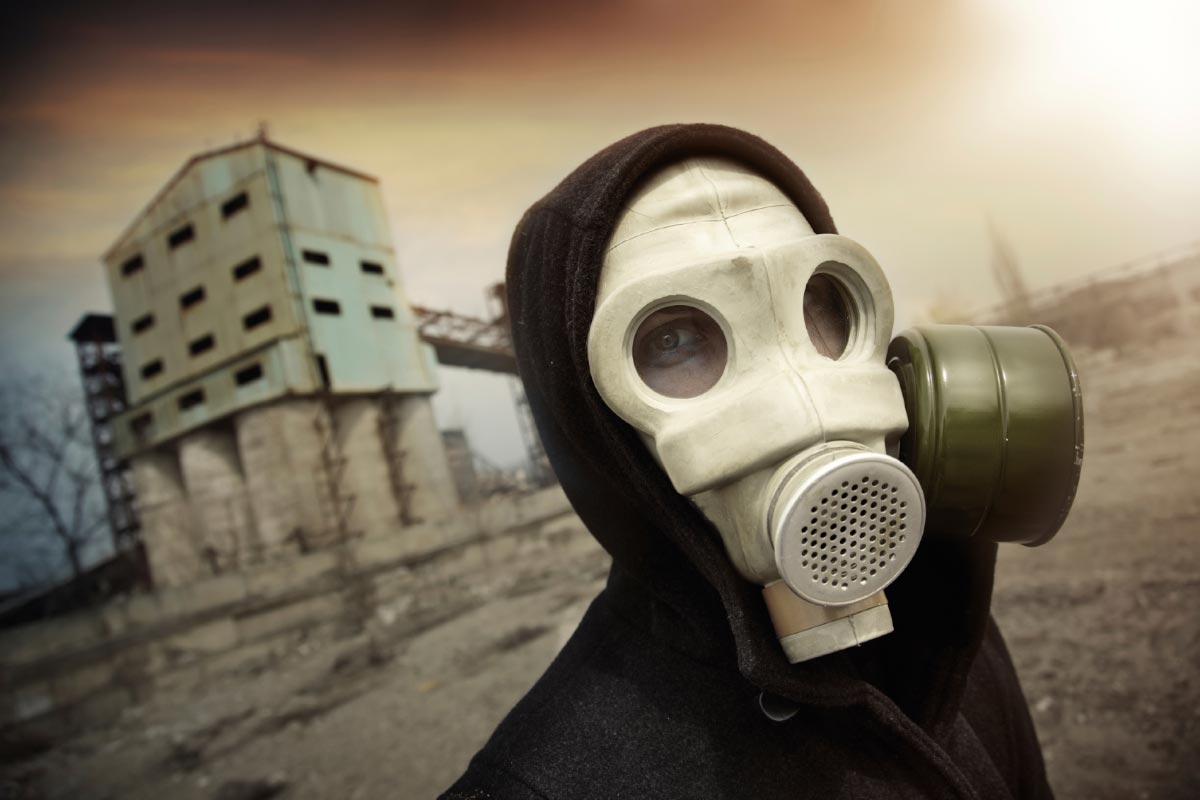Nearly 40% of Fukushima evacuees exposed to maximum radiation dose
10/27/2015 / By Greg White

Almost 40 percent of Self-Defense Force troops, firefighters and police officers were exposed to radiation above the annual public limit of 1 millisievert during the Fukushima crisis in 2011, the Japanese government announced Monday.
The Cabinet Office reviewed 2,967 personnel who helped residents evacuate living within a 20 kilometer radius of the Fukushima Daiichi power plant and assisted in clean up efforts at the nuclear complex between March 12 to 31, 2011. (1)
The survey found that approximately 62 percent of personnel were exposed to radiation less than 1 percent millisieverts and 38 percent were exposed to 1 millisieverts or more. Among that 38 percent, 19 percent were exposed to 1 to 2 millisieverts and 5 percent received 5 to 10 millisieverts.(1)
The tsunami decimated three nuclear reactors at the Fukushima complex on March 11, 2011. Daily radiation levels were at their highest until March 15, whenever an explosion occurred at the third reactor building. Radiation levels dropped below 0.1 millisievert from March 18.
Cancer rates rise with radiation exposure
The Cabinet Office presented their results at a meeting to discuss ways to reduce the amount of radiation exposure to civilians helping others evacuate if another nuclear catastrophe were to occur.(1)
These results are consistent with recent reports about the adverse health effects of radiation from the Fukushima complex. According to a recent study, thyroid cancer rates are 20 to 50 times higher for children who live within the Fukushima Prefecture than children who don’t live within the Fukushima prefecture. The authors of the study found that 137 children either had or were suspected to have thyroid cancer; a number which rose by 25 from the previous year.(2)
And just this month, a man who developed leukemia from working at the power plant was awarded government compensation. This is the first time the Japanese government has acknowledged that radiation from the power plant was the source of cancer and other adverse reactions.
The number of radiation-related illnesses among workers at the Fukushima complex is likely much higher. Approximately one in 150 Japanese citizens are diagnosed with cancer each year, according to the country’s National Cancer Center. Cancer is by far the leading cause of death in Japan.(3)
Gambling with the forces of nature
The Japanese government is pushing for the reactivation of nuclear reactors throughout Japan which have passed safety requirements imposed after the Fukushima disaster. Government officials want to re-open power plants to reduce the skyrocketing utility bills attached to energy imports.
The push to reactivate nuclear reactors has been met with widespread public protest. The Kyushu Electric Power Company reactivated the first nuclear reactor at the Sendai nuclear power plant in the Kagoshima Prefecture back in August and the second nuclear reactor in October.
A mere five days after officials restarted the first reactor, the nearest active volcano in the Sendia complex started erupting. Although the volcano erupts regularly, this time it reached a level four warning, which is the second highest warning level.(4)
Many fear that restarting the reactors is premature and argue Japan should look for alternative energy sources in order to secure the safety of the country’s future. Japan is plagued by active volcanoes, earthquakes and tsunamis. The stability of power plants sprinkled throughout the country is at the mercy of the forces of nature.
The government is imposing a 1-millisievert-limit for civilians aiding in evacuations, such as bus drivers. Nevertheless, some bus drivers are hesitant to embrace the limit. The maximum radiation dose for civilians is set at 1 millisievert per year. The maxim dose for workers at the power plant is 100 millisieverts over five years and 50 millisieverts per year during stable times, though these levels can be raised during a crisis.(1)
Sources include:
(1) Japantoday.com
(2) FukushimaWatch.com
(3) NYTimes.com
(4) Funologist.org
Submit a correction >>
Tagged Under:
leukemia, radiationexposure, thyroidcancer
This article may contain statements that reflect the opinion of the author
RECENT NEWS & ARTICLES
COPYRIGHT © 2017 FUKUSHIMAWATCH.COM
All content posted on this site is protected under Free Speech. FukushimaWatch.com is not responsible for content written by contributing authors. The information on this site is provided for educational and entertainment purposes only. It is not intended as a substitute for professional advice of any kind. FukushimaWatch.com assumes no responsibility for the use or misuse of this material. All trademarks, registered trademarks and service marks mentioned on this site are the property of their respective owners.




















